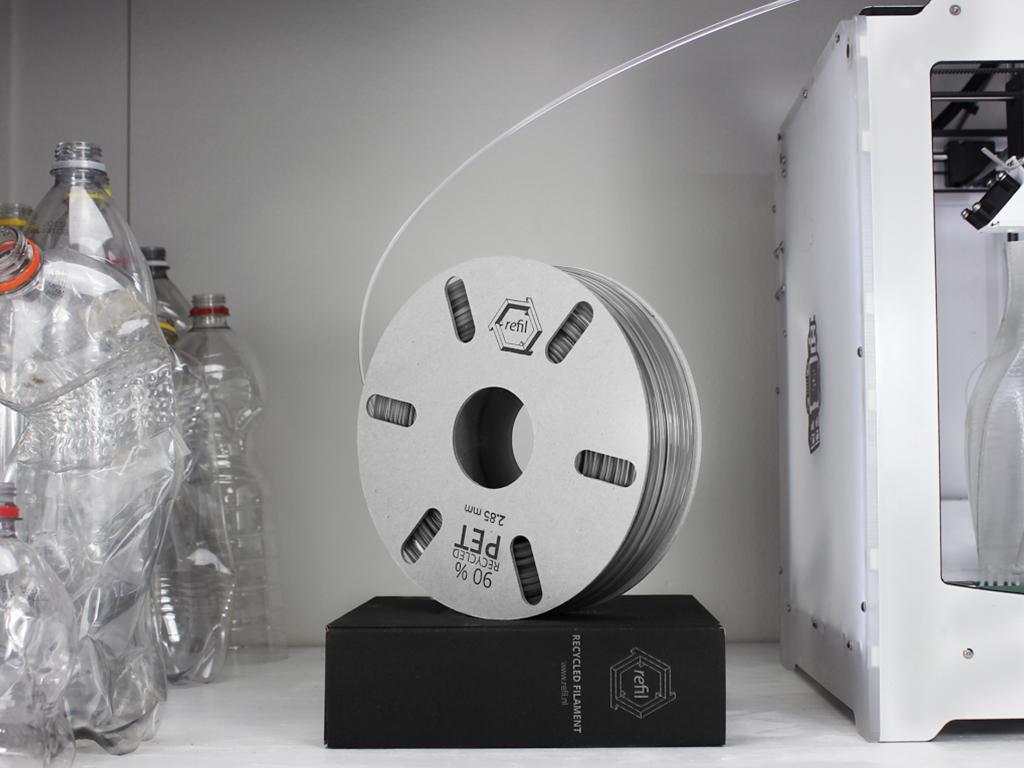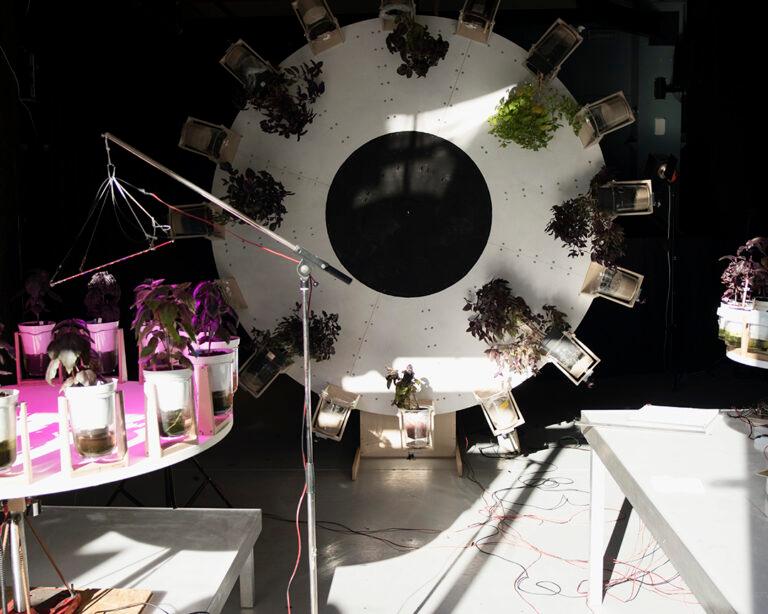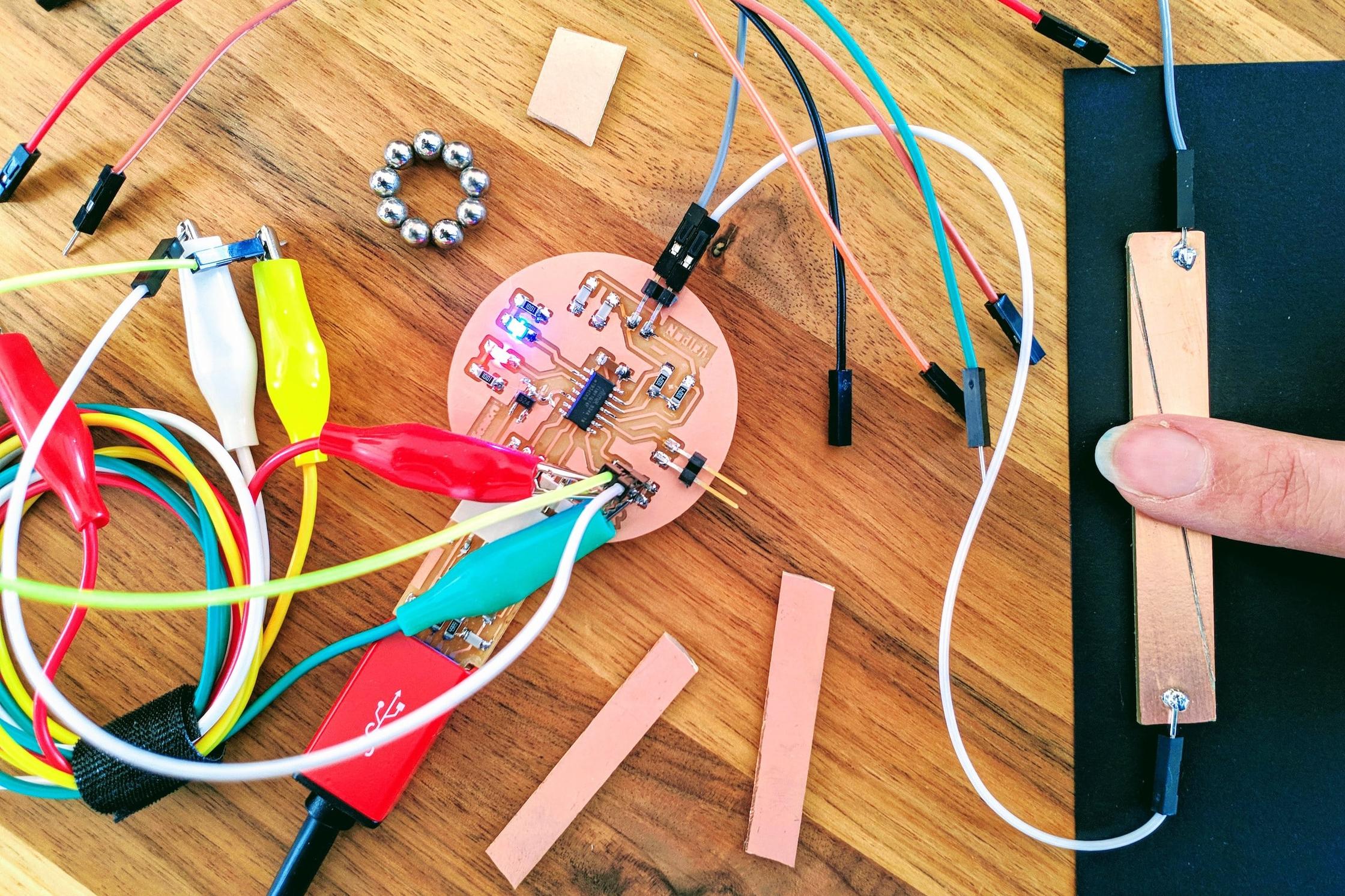3D printers, like the Ultimakers we have in our Fablab, use a kind of plastic to create objects, usually PLA, which is biodegradable and is derived from renewable resources, such as corn starch (in the United States), tapioca roots, chips or starch (mostly in Asia), or sugarcane (in the rest of the world). A Dutch startup called Refil is now making recycled 3D printer filament from old car dashboards.
“Using our refilament, instead of ordinary filament, instantly makes everything you print recycled. From vases, toys and jewelry to architectural models, prosthetics and other products… They all become recycled products when you print them with refilament,” Casper van der Meer, co-founder of Refil explains. “Our first refilaments are made from old car dashboards and PET bottles. We believe that these kind of recycled filaments should be the new standard in 3D printing. Why make more plastic when there’s so much plastic we can reuse?”
Dashboards are usually made of pretty cheap plastics. The question arises if this material is not inferior to PLA when it comes to 3D printing. Dashboards are known to fade and crumble over time. Refil claims their material is equal in quality to regular filament: “At Refil, we don’t add any toxic dyes to our products and this has been our biggest challenge. After lots of research, we can finally develop refilaments that have the exact same quality as ordinary filaments, without adding any toxics.”
Refilament is currently available in two variations:
- Dashboard Black refilament is 100% recycled and made from old car dashboards, door panels and other ABS parts coming mainly from Volvo and Audi.
- PET Translucent refilament is made from old PET bottles, up to 90% recycled.


